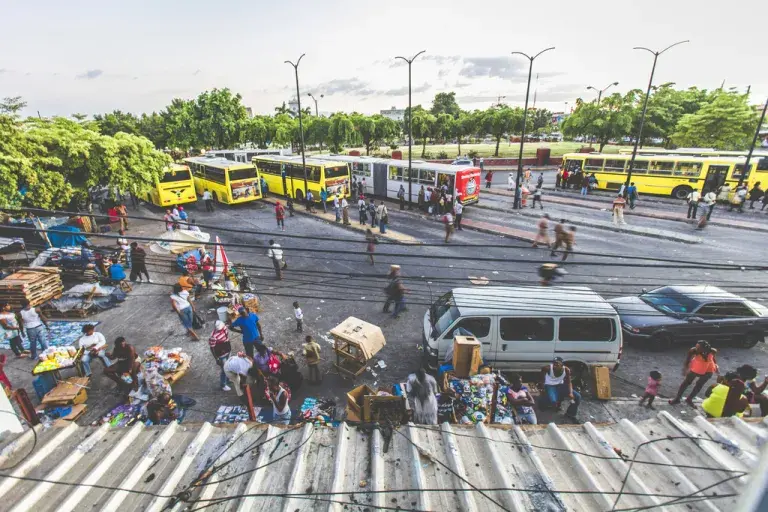Jamaica’s poverty rates fall to record 8.2%
- ENGINEER BESS 100 FM
- May 22
- 3 min read
Jamaica’s poverty rates have declined from 16.7 per cent in 2021 to a record low of 8.2 per cent in 2023, the lowest figure ever recorded since poverty rates were first measured on the island in 1989.
This was stated Wednesday morning by Director General of the Planning Institute of Jamaica (PIOJ) Dr Wayne Henry, at the PIOJ’s quarterly media briefing on the state of the economy.
Henry quoted from data in the latest edition of the Jamaica Survey of Living Conditions (JSLC), which is collected by the Statistical Institute of Jamaica (STATIN). “The estimate for 2024 will be provided later this year once the JSLC data is received from STATIN,” Henry said.
He cautioned that it was important to contextualise that no poverty results are available for 2022 as the JSLC was not conducted that year due to the start of the Population and Housing Census. Also, in 2018, STATIN revised the sample design and weighting methodology applied to the JSLC sample.
Henry pointed out that the data for 2012 to 2017 has since been revised to account for these changes to facilitate comparability with 2018 and subsequent years.
“Therefore, data prior to 2012 should not be compared with data for 2012 to 2023,” Henry advised. “While the trend in poverty reduction remains clear and credible, comparisons across years, particularly with pre-revision estimates should be interpreted with caution,” he said.
According to Henry, while these adjustments in methodology improved the accuracy of national estimates, “they may affect the strict comparability of data across the time space”.
He highlighted that in 2012, poverty in Jamaica was 19.7 per cent. “That meant that nearly one in every five Jamaican was consuming below the poverty line”.
“The rates have trended down since but spiked to 16.7 per cent in 2021, likely reflecting the fallout from the COVID 19 pandemic,” he added.
Henry said the data reflect progress across all regions of the country. In the Greater Kingston Metropolitan Area (GKMA), poverty fell from 10.4 per cent in 2021 to three per cent in 2023.
“While this is a positive development, we observe that there was high variability around this estimate. As such, maybe [it was] less precise than others. It should therefore be interpreted with some caution,” said Henry.
In other urban centres (OUC), the poverty rate declined to nine per cent from 15.5 per cent in 2021, reversing the upward trend observed since 2018.
Of significance is that in rural areas which historically experience the highest levels of poverty, the rate dropped from 22.1 per cent to 11.5 per cent, a decline of more than 10 percentage points.
Henry highlighted that real per capita consumption increased across all income groups, but the greatest improvements occurred in quintiles 1 and 2, the lowest 40%. In these two quantities, consumption rose by 12 per cent and 16.6 per cent respectively.
In addition to the national decline in poverty, Henry is also reporting a decline in food poverty which is also referred to as extreme poverty.
“In the Jamaican context, food poverty refers to the inability of a household to afford the minimum daily caloric intake required for good health,” he remarked.
He highlighted that “In 2023, the food poverty rate fell to 2.8 per cent, down from 5.8 per cent in 2021 and four per cent in 2029, marking the lowest level on record”.
The factors contributing to the lower poverty rates include:
By 2023 Jamaica had officially recovered from the shock of COVID 19 and had entered a new growth phase. The pandemic had interrupted seven consecutive years of growth.
Rise in employment
Increases of 85.7 per cent increase in the National Minimum Wage between 2022 and 2023, improving the lives of this category of workers
Social protection programmes were strengthened, including PATH, the social pension programme, poor relief programme and targeted intervention aimed at generating youth employment and encouraging small scale agriculture
Remittances continued to supplement the income of nearly 50 per cent of Jamaican households.











Comments